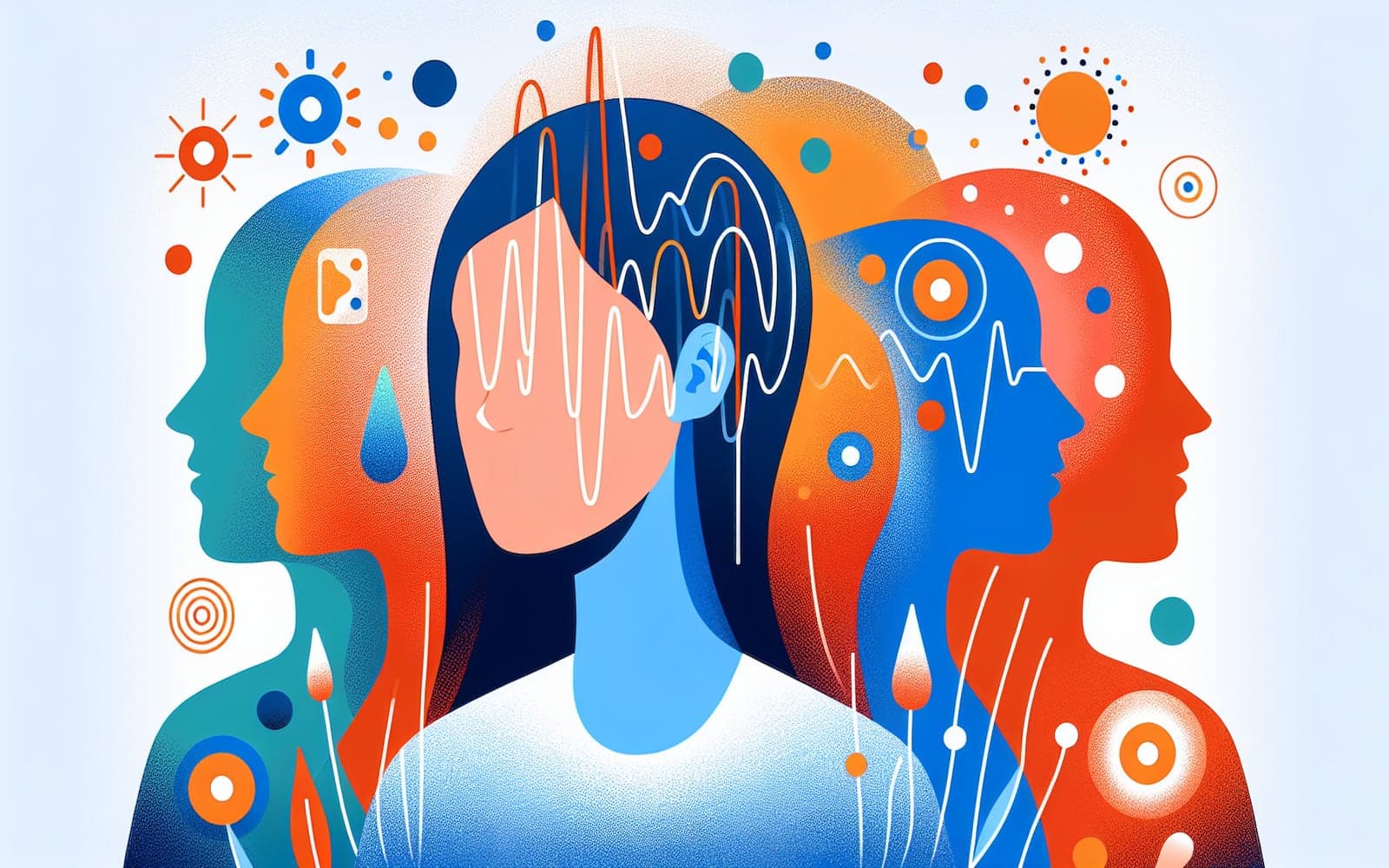Diagnosing Nerve Damage: How Electrodiagnostic Tests Can Help
Published: Sep 03, 2023
Electrodiagnostic tests like EMG and NCS are crucial for diagnosing nerve damage in the upper extremities. Learn how these tests work and what they can reveal about your nerve health.
Contents
What are Electrodiagnostic Tests?
Electrodiagnostic tests include electromyography (EMG) and nerve conduction studies (NCS). These tests are used to evaluate the electrical activity in your nerves and muscles, helping doctors determine if nerve damage is present and its severity. EMG measures the electrical activity in muscles, while NCS assesses how quickly electrical signals move through your nerves.
When are These Tests Used?
These tests are often used when a patient presents with symptoms such as numbness, tingling, or weakness in the arms or hands. They help to pinpoint the location and cause of nerve damage, such as compression or injury. For example, they can confirm a diagnosis of carpal tunnel syndrome or ulnar neuropathy by showing slowed or blocked nerve conduction in affected areas.

Understanding the Results
The results of these tests can provide detailed information about the type and extent of nerve damage. For instance, they can distinguish between demyelination, where the protective covering of the nerve is damaged, and axonal loss, where the nerve fibers themselves are damaged. This information is crucial for determining the appropriate treatment strategy, whether it involves physical therapy, medication, or surgery.
Frequently Asked Questions
An EMG measures electrical activity in muscles to assess nerve function.
NCS tests show how quickly electrical signals move through nerves, indicating nerve health.
These tests are recommended if you experience numbness, tingling, or weakness in your limbs.
Yes, they can confirm carpal tunnel syndrome by showing slowed nerve conduction.
Key Takeaways
Electrodiagnostic tests are vital tools for diagnosing and managing nerve disorders.
If you suspect nerve damage, consult Doctronic to see if these tests are right for you.Related Articles
References
Nardin RA, Patel MR, Gudas TF, et al. Electromyography and magnetic resonance imaging in the evaluation of radiculopathy. Muscle Nerve 1999; 22:151.
Always discuss health information with your healthcare provider.

